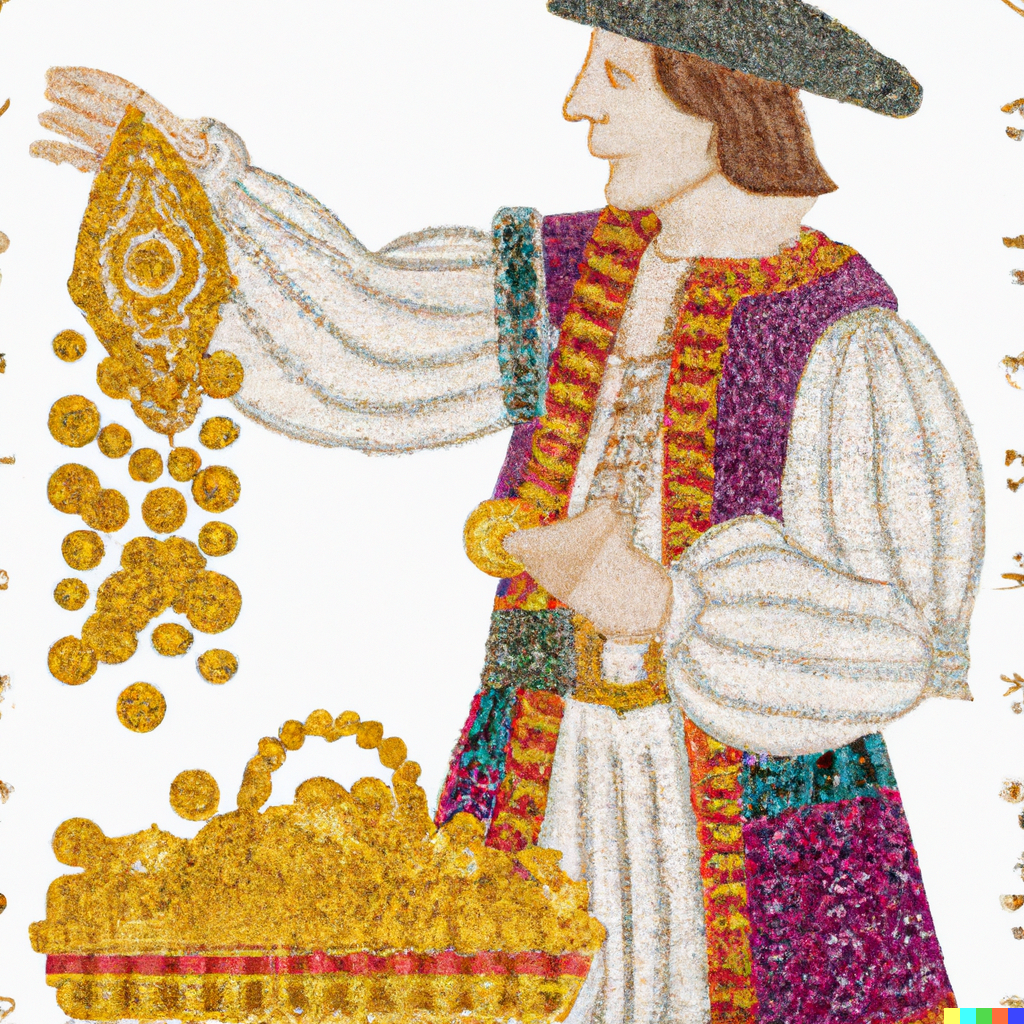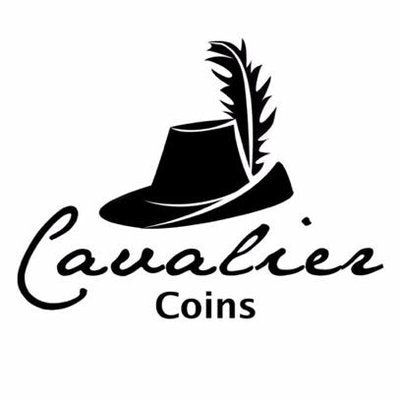Money, the essential medium of exchange in modern economies, has a rich and fascinating history that spans millennia. Its evolution from simple barter systems to complex financial instruments is a testament to human ingenuity and adaptability. In this article, we will explore the origins and development of money, tracing the journey of how it came into use.
The Barter System: Early Forms of Trade
Before money as we know it existed, societies relied on a barter system for trade. Barter involved exchanging goods and services directly, a process that had several limitations. The system was inefficient because it required a "double coincidence of wants" – both parties had to desire what the other had to offer.
The Emergence of Commodity Money (Ancient Civilizations)
To overcome the challenges of barter, many ancient civilizations turned to commodity money. Commodity money is a form of currency that has intrinsic value beyond its use as a medium of exchange. Various commodities were used as money, such as grains, livestock, shells, and precious metals like gold and silver.
One of the most famous examples of commodity money was the use of gold and silver in ancient Greece and Rome. These metals were durable, divisible, and widely accepted, making them ideal as a medium of exchange.
The Birth of Coinage (7th Century BC)
The first standardized coins appeared in the ancient kingdom of Lydia (modern-day Turkey) around the 7th century BC. These coins were made from electrum, a naturally occurring alloy of gold and silver. The introduction of standardized coins revolutionized trade by providing a consistent and recognizable form of currency.
Paper Money in Ancient China (7th Century AD)
The concept of paper money originated in ancient China during the Tang Dynasty (7th century AD). These early forms of paper money were issued by the government and represented a promise to redeem them for a specific amount of precious metal, such as gold or silver, on demand.
Medieval Europe: Bills of Exchange and Banking
During the Middle Ages, European merchants and bankers began using bills of exchange as a form of credit-based money. These bills allowed merchants to conduct long-distance trade without carrying bulky quantities of gold or silver. They were essentially promissory notes that could be exchanged for money at a later date.
The Rise of Central Banking and National Currencies (17th-18th Century)
The establishment of central banks, such as the Bank of England in 1694, marked a significant milestone in the development of modern money. These institutions issued standardized banknotes that represented a claim on a specific amount of precious metal held in reserve. Over time, people began to accept these banknotes as a more convenient form of money, leading to the gradual abandonment of the gold and silver standard.
The Transition to Fiat Money (20th Century)
The 20th century witnessed a profound shift in the nature of money. Governments around the world began to move away from the gold standard and adopted fiat money systems. Fiat money has no intrinsic value and is not backed by a physical commodity; its value is derived from the trust and confidence of the people who use it.
Digital Money and the Modern Era
In recent decades, the digital revolution has further transformed the way we use money. Electronic banking, credit cards, and digital payment platforms have become integral to our daily lives, making transactions faster and more convenient than ever before.
Conclusion
The evolution of money from the primitive barter system to the digital currencies of today is a remarkable journey. Money's history reflects humanity's ability to adapt, innovate, and create systems that facilitate trade and economic growth. As we continue to witness advancements in financial technology, the story of money remains an ever-evolving saga, shaping the way we conduct business and interact in the modern world.

